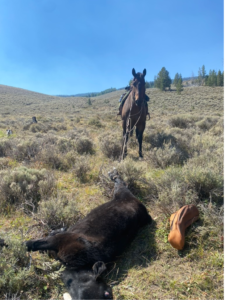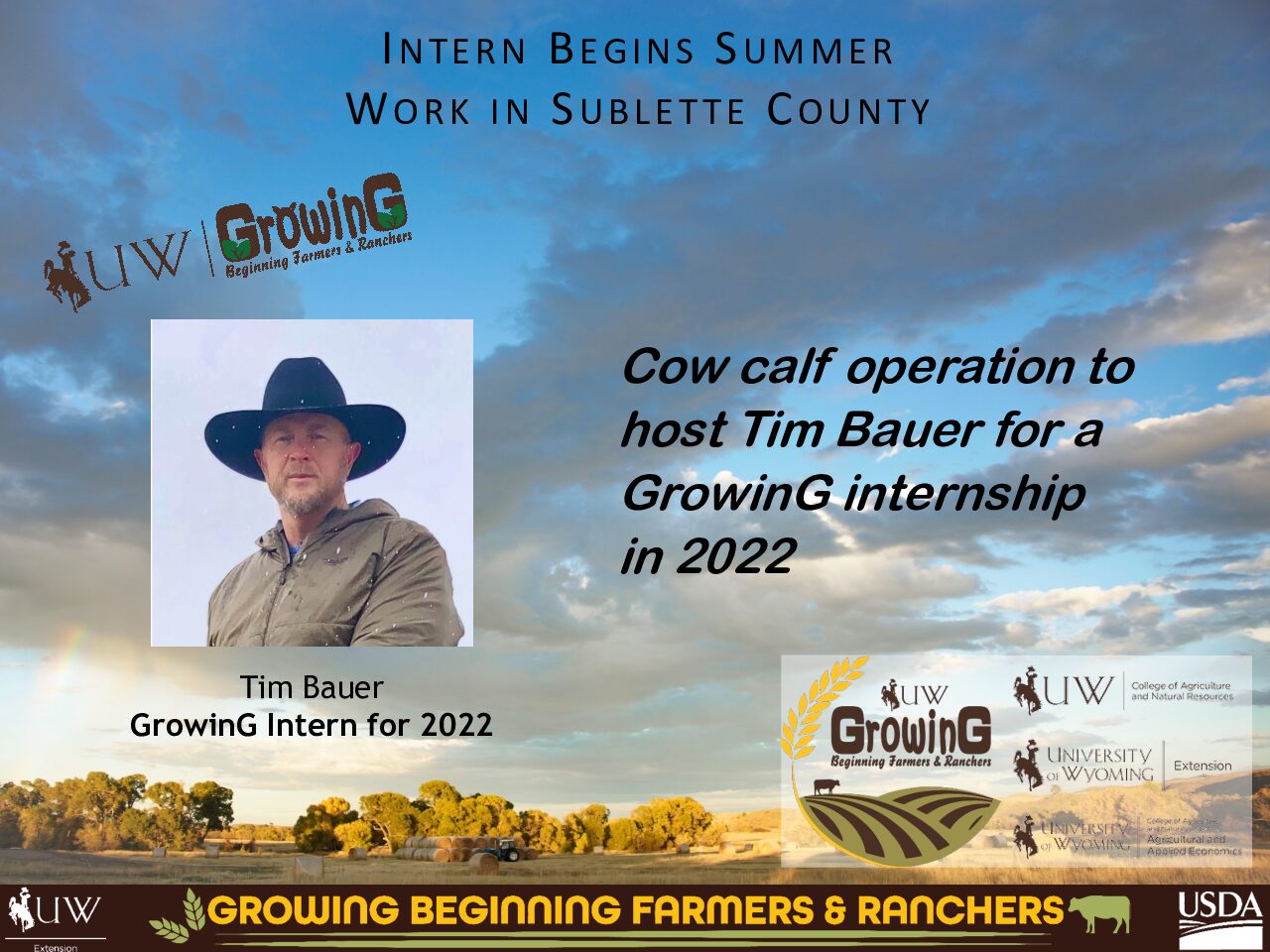Logistics, Communication, and Horsemanship Dedication
#bfrdpwy #aginternship #RightRisk

Short-term logistics planning and effective communication are both critical to limiting operating costs and ensuring overall profitability. Appropriate logistics planning and forethought into short term activities (daily to weekly) would include ensuring the right people, tools, and equipment are in places that maximize efficiencies and overall productivity. For instance, the colocation of fuel depot in relation to harvesting activities would decrease the amount of down time required to refuel. In thinking ahead of the weekly activities required (such as harvesting), and the equipment required (tractor, rack, etc.), one can assess what needs to be where (staged) prior to the main activity being started. In doing so, it will ensure efficiencies and productivity can be maximized.
Second, it is important that all persons who are involved in completing a task is fully communicated desired goals and the expected outcomes prior to start of the activity. The lack of understanding induces uncertainty that can result in either rework or unfinished tasks. In either case, the lack of communication impacts productivity and overall operating costs (e.g. fuel, equipment depreciation, labor, etc.). For instance, the task of hauling bales from a pasture to a stackyard located in another pasture requires the operator to know what pasture, what product (if more than one), how many bales, and where to place them. Another example, if certain horses need to be moved from the pasture and staged at the horse barn for transport to cow camp, it’s best to communicate about all horses that are needed and by when. Effectively communicating these details and removing ambiguity ensures productivity can be maximized.

This past week, I have had the opportunity to reflect a lot on the benefits of moving product (grain, alfalfa, hay) to the stock versus moving stock to the product. It seems, empirically thinking, that the costs (labor, equipment depreciation, fuel, etc.) would be limited by keeping the product co-located or in a pasture near where it is harvested, and rotate stock to the pasture when required. The movement of stock seems (again empirically) the more cost effective solution in comparison to the limitations of the number of bales that can moved at a time, in addition to the time involved in loading, transportation, and unloading.
I decided to participate in the GrowinG-WY internship for three reasons: to gain practical skills; to assess the practicalities of starting a cow/calf operation, and to gain insights into market opportunities. It is important to me to learn the skills necessary to achieve all the activities required to support the full lifecycle of a cow/calf operation which include ranching, farming, stockmanship, horsemanship and overall business operations. At this point, I am still uncertain of the possibilities of doing a cow/calf startup, especially considering today’s land prices. Current market barriers necessitate looking at alternative models. These goals, and my ability to achieve them, will be the basis of my response over the coming weeks.

As a part of my ongoing quest of increasing my horsemanship skills, I ventured into (prior to the internship and unwittingly) the task of determining whether a 12-year-old packhorse could be trained to be a ranch horse. Due to the injury suffered during the beginning of the internship this last June, I had to commandeer the assistance of another trainer to finalize his training prior to use for the cattle drives this fall. The horse (Bridger) is scheduled to complete his training and should be available for the fall drives. As of this week, Bridger can now hold on a calf while doctoring (pictured to the left). This has been a two-year effort, a few wrecks, and a whole lot of learning to get Bridger to this point. I am excited to see where this adventure takes us next.
I plan to continue assessing the impacts of moving product to stock versus moving stock to product. Secondly, I plan to assist the ranch in improving its overall communication methods. Third, I’ll continue my discussions with both the ranch owner and ranch hands to gain greater insight into the practicalities of doing a startup as well as market opportunities.
Submitted by: Tim Bauer
Edits by: GrowinG Internship Team

